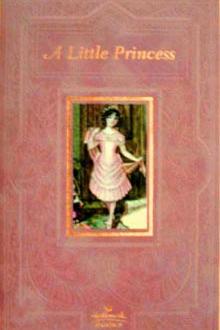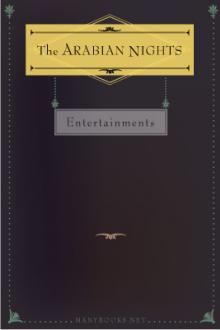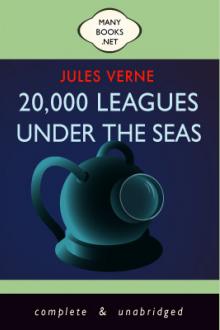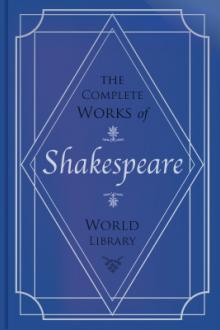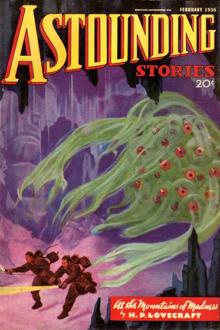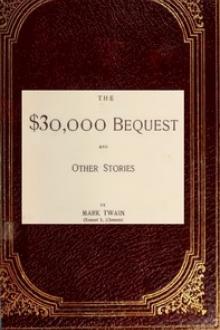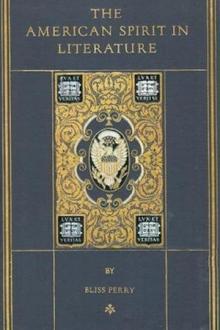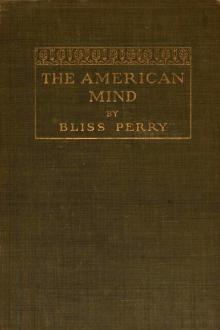A Study of Poetry
A Study of Poetry
While I hope that the book may attract the traditional "general reader," I have also tried to arrange it in such a fashion that it may be utilized in the classroom. I have therefore ventured, in the Notes and Illustrations and Appendix, to suggest some methods and material for the use of students.
Book Excerpt
surely, afford one of the obvious conditions for the
impulse to art. The hand-clapping and thigh-smiting of primitive savages
in a state of crowd-excitement, the song-and-dance before admiring
spectators, the chorus of primitive ballads,--the crowd repeating and
altering the refrains,--the rhythmic song of laboring men and of women at
their weaving, sailors' "chanties," the celebration of funeral rites,
religious processional and pageant, are all expressions of communal
feeling, and it is this communal feeling--"the sense of joy in widest
commonalty spread"--which has inspired, in Greece and Italy, some of the
greatest artistic epochs. It is true that as civilization has proceeded,
this communal emotion has often seemed to fade away and leave us in the
presence of the individual artist only. We see Keats sitting at his garden
table writing the "Ode to Autumn," the lonely Shelley in the Cascine at
Florence composing the "West Wind," Wordsworth pacing the narrow walk
behind Dove Cottage and mumbling verses, Bee
Editor's choice
(view all)Popular books in Poetry, Fiction and Literature
Readers reviews
0.0
LoginSign up
Be the first to review this book
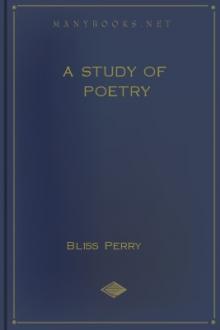
 Free Download
Free Download














